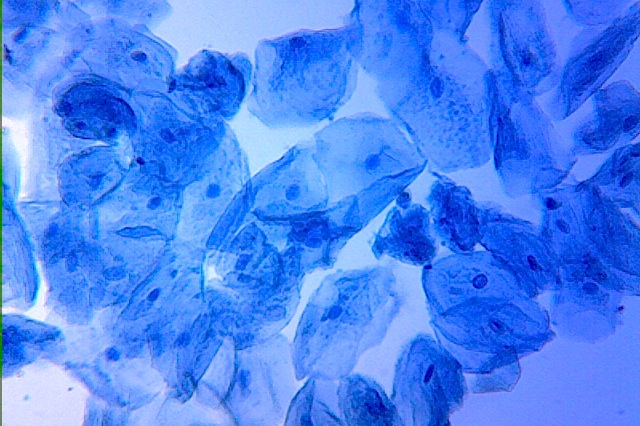Using Methylene Blue
This post contains links to amazon products. You use those links and we get a few pennies which helps keep this site running. There you go that’s the legal stuff out the way.

What is Meth Blue
The worst staining thing you can imagine. I have had blue blotches on my hands for weeks after this stuff. It will tint everything blue, including everything in your tank, which is just one of several reasons it should never be put in your tank, but it is also a really useful treatment. If you can afford only one treatment in your cupboard, meth blue should be it.
In case you’re in a hurry here is how to use Meth Blue. Then you can read what it treats whilst your fish have a lovely blue soak.
How to use Methylene Blue to treat fish.
Get yourself a container you don’t mind being blue. I have a small tank (12 litres) for my larger fish and a few old containers for smaller fish. They’re kept for hospital use only. A bucket is great if you have that to hand.
The numbers assume you are using King British Methylene Blue, there are other brands, but be careful, small animal medicine is tightly regulated, but meth blue is a simple lab stain and can be bought in much higher concentrations. Make sure you are buying the right concentration and the right one for treating your fish.
Add a measured volume of tank water and add 1ml of meth blue for every 9 litres of water. Here is a table of some volumes and measurements if you hate maths.
| Volume of water in litres | Amount of methylene blue to add |
| 500ml | 0.06 ml |
| 1 litre | 0.1ml |
| 5 litres | 0.55ml |
| 9 litres | 1 ml |
| 10 litres | 1.1ml |
| 12 litres | 1.25ml |
| 20 litres | 2.2 ml |
Now transfer your fish to the container or bucket and now we wait. If the fish was already struggling to breathe I sometimes add an air stone as long as it’s not too vigorous for the amount of water. Place something over the container, I often use a bit of waste cardboard and leave for at least 20 minutes. If it’s a small container and the room is cold I will pop it on top of the tank to stay warm.
After 20 minutes I get another container of water and net or lift the fish out with a scoop, transfer to the clean water. Then I rinse the net or scoop and then transfer the fish back to the tank. This just avoids too much meth blue getting into your tank.
Why not add it to the tank?
When the initial research was done on the use of meth blue in the aquarium it was assumed that bacteria the microorganisms changing ammonia to nitrtie and then nitrate. Now we know that in a lot of fresh water tanks it is archaea, and that can be killed by meth blue measuring in parts per billion. Adding it to your tank may well kill the microorganisms keeping your cycle going. It will also stain everything blue.
Nitrite poisoning AKA Brown blood disease or methemoglobinemia.
There is a reason this is at the top of my list. Nitrite kills fish in the same way as carbon monoxide kills us. It binds to the red blood cells in the blood, stopping oxygen from grabbing a ride around the body to the organs and so also stopping carbon dioxide from getting out of the muscles and organs. The fish slowly suffocates no matter how much oxygen is available.
Meth blue is the standard treatment for nitrite poisoning across a lot of species, including mammals, and in fish it will help the fish excrete the toxin and get their blood back to normal.
Fungus
As with most fish diseases it is really difficult to identify which disease you are looking at without a microscope and reference images, but there are some common suspects, and often the treatment is the same or similar across a broad range of conditions.
Saprolegnia
Meth blue isn’t going to treat sap, but it will stain it blue, a bath in meth blue may leave the fungus stained and allow you to start a course of treatment.
Using to Treat Eggs
Meth blue is often added to the water that eggs are in to prevent fungus taking hold, but fry exposed to meth blue can suffer major issues, including an inability to inflate their swim bladder as they become fee swimming. Indian Almond Leaves are a great alternative.
Bacterial infections
Whilst I’d tend to suggest using a targetted approach to a bacterial infection, a meth blue bath or keeping them constantly in meth blue is often a good shout. If I have a fish with a large wound I may move the fish to a hospital tank and leave them in meth blue until the wound is starting to close up.
When a bath is not enough
Sometimes you need to leave the fish in meth blue, but there is no way to keep a cycle going, meth blue is an antibacterial, it doesn’t care which organisms it hits. I would run a sponge or small filter to keep the water turning over, and do 100% water changes at least daily, redosing with methblue each time. I tend to do 2 changes of 80% and dose for the water I’ve replaced each time.
Further Reading
BSAVA Manual of Ornamental Fish (BSAVA British Small Animal Veterinary Association): 8

